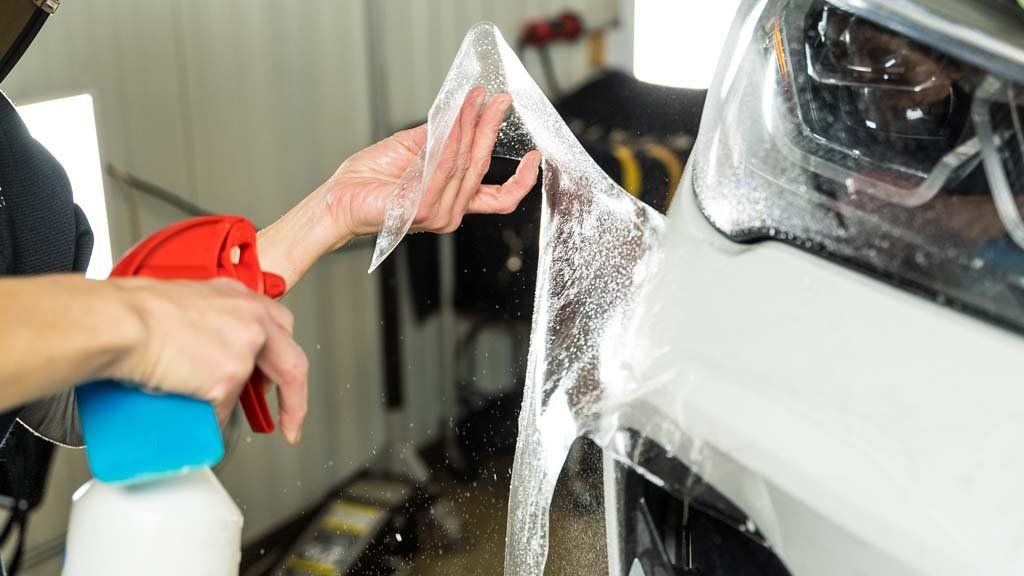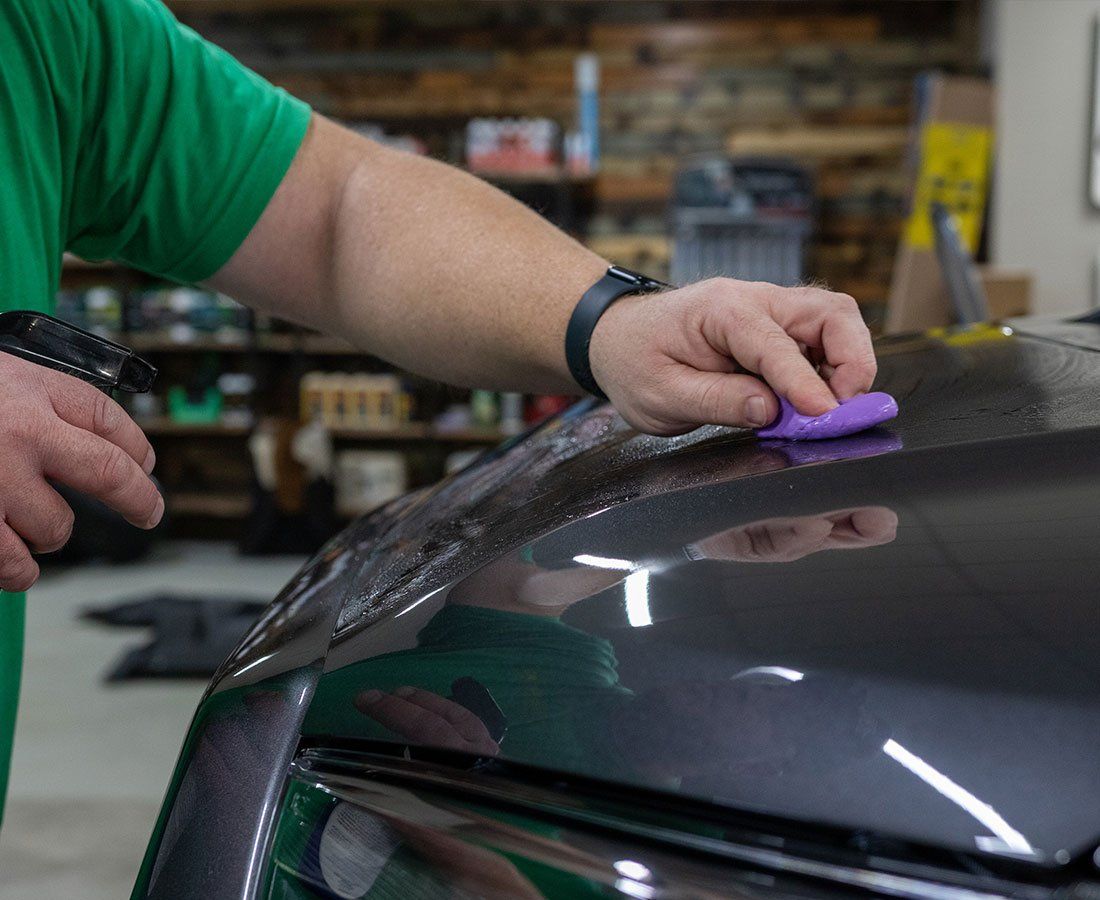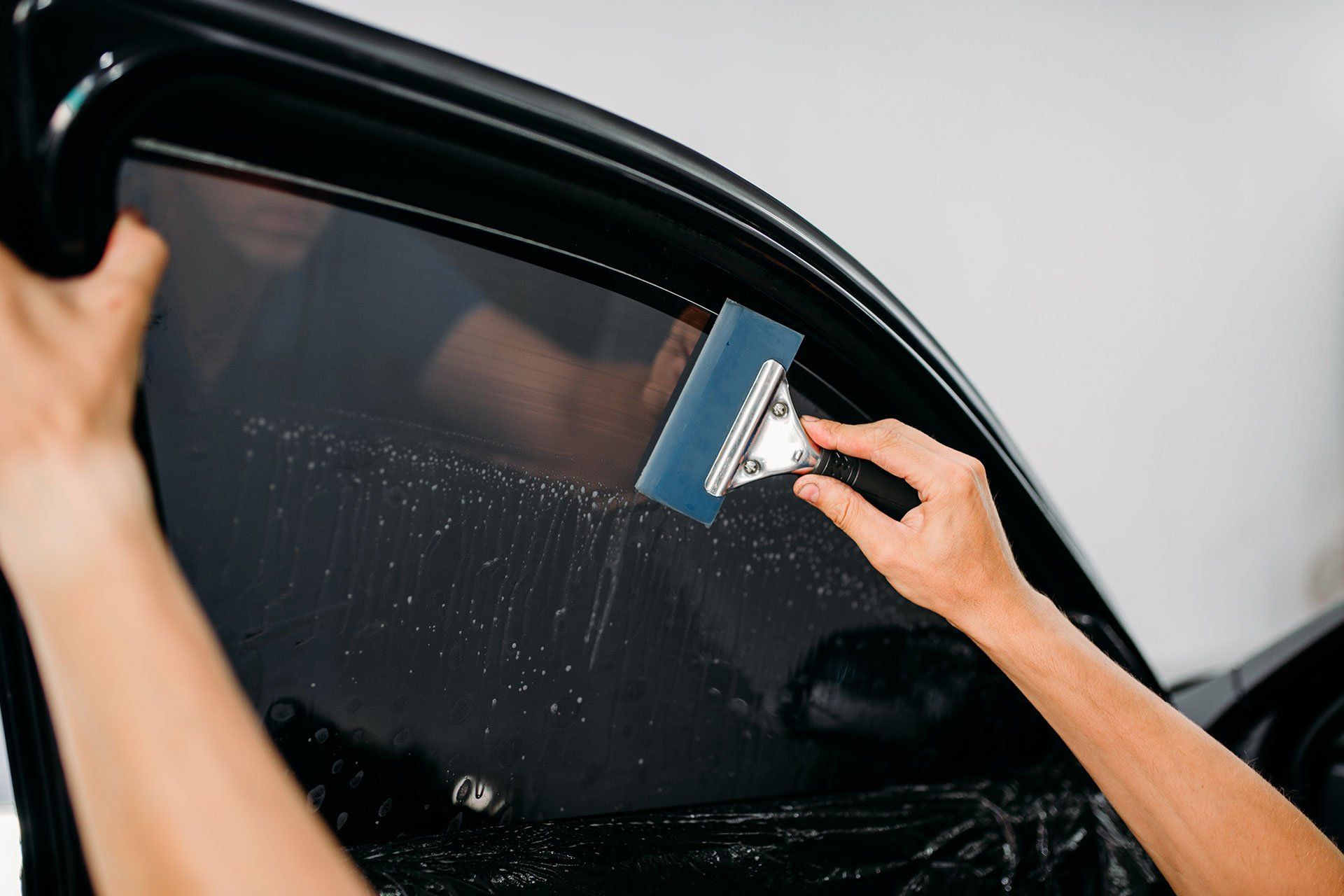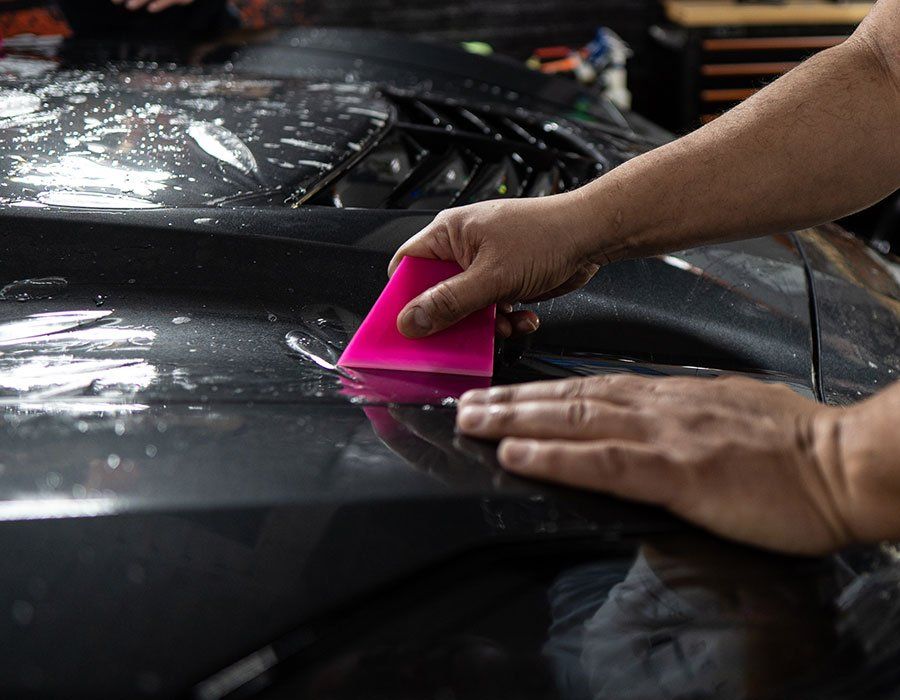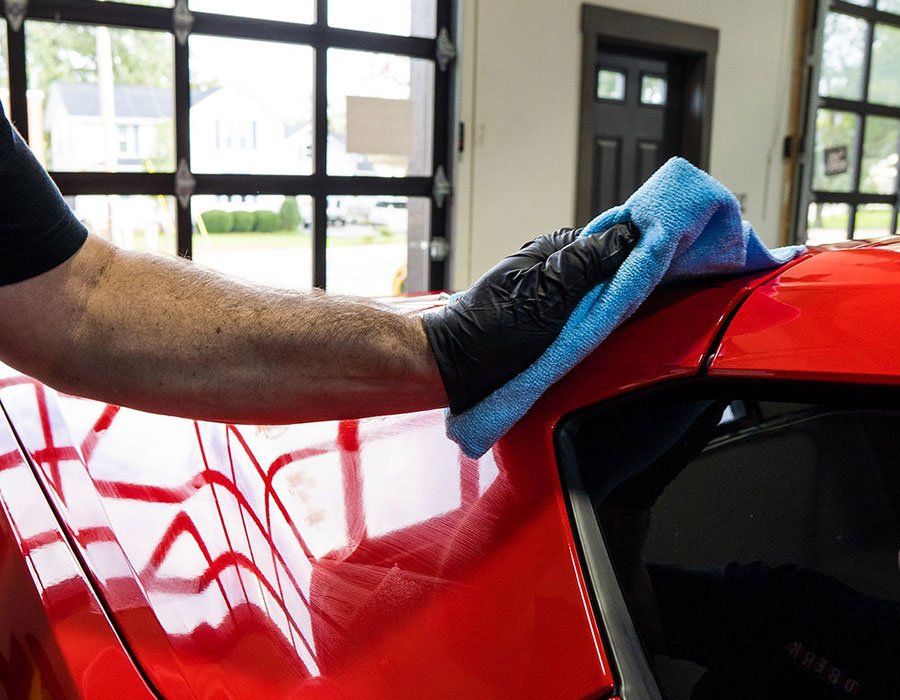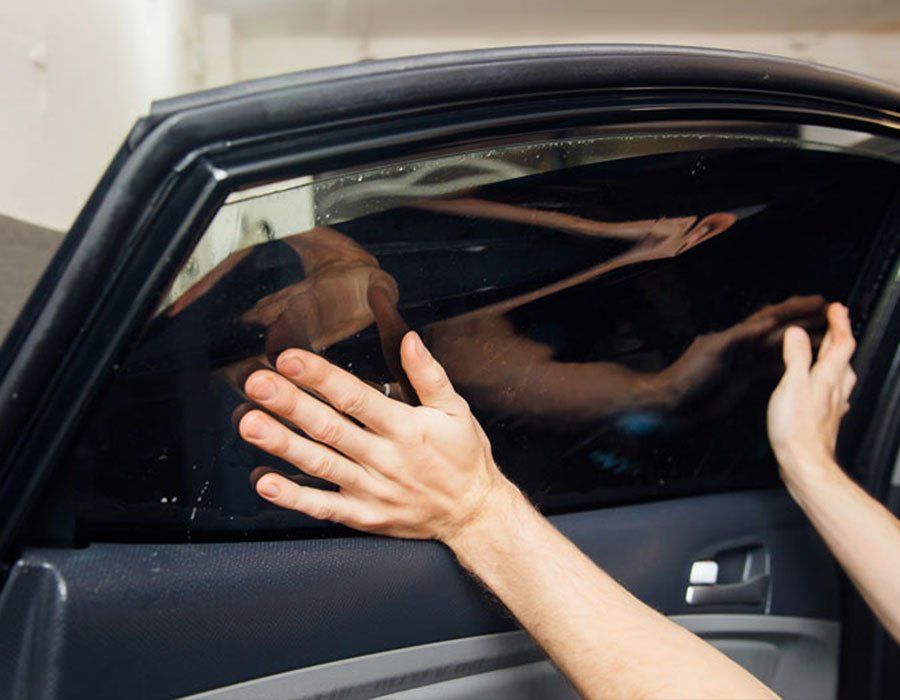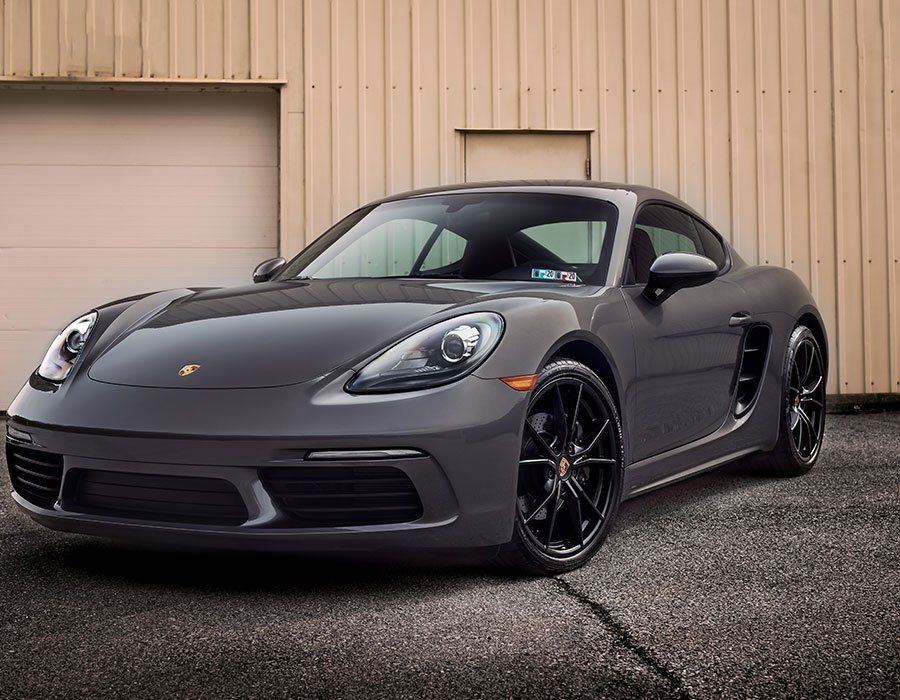There are several myths surrounding ceramic coatings for cars that may not be based on fact. Some of these include the fact that ceramic coating eliminates the need to wash your car, that it makes your car rock chip-resistant, and that it is guaranteed to last for years. While ceramic coatings offer many benefits, such as protecting from UV rays, repelling dirt, and making cleaning easier, it's important to understand their limitations and the proper maintenance required. Our article on Ceramic Coating Myths Debunked offers a comprehensive guide to understanding the truth about this popular car detailing technique.
Understanding Ceramic Coating
Ceramic coating has gained significant popularity in the automotive industry as a means to protect and enhance the appearance of vehicle exteriors. But what exactly is ceramic coating, and how does it work? Let's delve into understanding this innovative product. At its core, ceramic coating is a liquid polymer that bonds chemically with the surface of the paint on your car. The result is a protective layer that seals the paintwork, creating a barrier against various environmental factors such as UV rays, dirt, chemicals, and oxidation. This advanced technology provides long-lasting protection for your vehicle's paint while enhancing its aesthetic appeal.
While some may mistake ceramic coatings for traditional waxes or sealants, there are distinct differences between them. Unlike waxes that sit on top of the paint and wear off over time, ceramic coatings create a permanent bond with the paint surface. This bond creates a semi-permanent layer that can last for several years with proper maintenance. Another key aspect of ceramic coatings is their hydrophobic properties. Once applied, the surface becomes extremely slick, causing water to bead up and roll off effortlessly. This hydrophobic effect makes it easier to clean your car, as dirt, dust, and grime have a harder time adhering to the coated surface. It also reduces the chances of water spots and etching caused by acid rain or other contaminants.
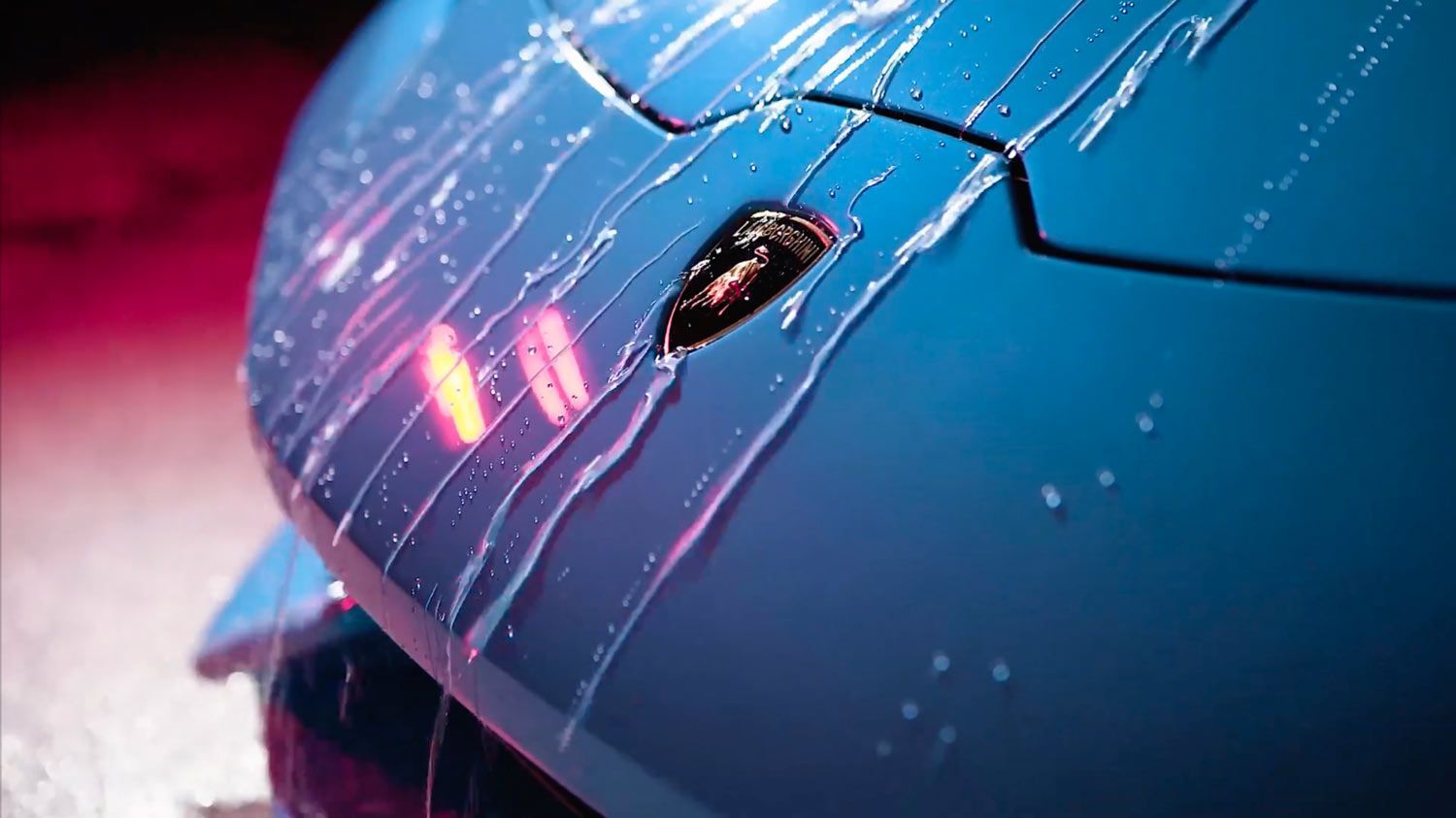
Function and Utility
The primary function of a ceramic coating is to provide enhanced protection for your vehicle's paintwork. As mentioned earlier, it forms a durable shield that helps prevent oxidation, fading, and UV damage. This protection is especially crucial for those who invest time and effort into maintaining the appearance of their vehicles. Additionally, ceramic coatings offer a glossy and slick finish that enhances the visual appeal of your vehicle. The high refractive index of the coating creates a deep and reflective shine, bringing out the true beauty of your car's paint color. This aesthetic enhancement can make your vehicle stand out on the road and give it a showroom-like appearance.
It's important to note that while ceramic coating offers multiple benefits to vehicle owners, it is not a magical solution for all paint-related issues. For example, if your vehicle already has significant paint imperfections such as deep scratches or chips, ceramic coating alone will not repair these damages. It's essential to address any pre-existing flaws through proper paint correction before applying the ceramic coating for optimal results.
Debunking Common Ceramic Coating Myths
Ceramic coatings have gained popularity in recent years for their ability to protect and enhance the appearance of vehicles. However, with this surge in popularity comes a fair share of myths and misconceptions. In this section, we will debunk some of the most common ceramic coating myths to provide you with accurate information before you consider purchasing this product.
Myth About Damage to Painted Surfaces
One prevalent misconception about ceramic coatings is that they can cause damage to painted surfaces. This myth suggests that the coating may adhere so strongly to the paint that it becomes difficult to remove, resulting in potential harm during the removal process. However, this is simply not true. Ceramic coatings are actually designed to create a protective layer over the paintwork, shielding it from external elements such as UV rays, dirt, and other environmental factors. They do not bond molecularly with the paint; instead, they form a chemical bond with the clear coat, or top layer, of your vehicle's paint. This bond ensures that the coating is durable and long-lasting while allowing for easier removal if necessary.
Regular maintenance and proper care are still important, even with a ceramic coating. Washing your vehicle regularly using safe cleaning techniques will help prevent any buildup or residue that could potentially affect the durability of the coating. If you ever decide to remove the ceramic coating, there are specific products and techniques available that can safely strip it off without causing damage to your vehicle's paint. So rest assured, applying a ceramic coating will not harm your painted surfaces. In fact, it offers an additional layer of protection against environmental factors, keeping your vehicle looking pristine for longer periods of time.
Misconceptions About the Application Process
When it comes to ceramic coating, there are several misconceptions surrounding the application process. One of the most common myths is that anyone can apply ceramic coatings themselves without any professional knowledge or experience. While it's true that some DIY enthusiasts may attempt to apply ceramic coating, it's important to note that proper application requires expertise and precision. Proper application of ceramic coatings requires professional knowledge and experience to ensure optimal results. Trained detailers understand the intricacies of surface preparation, applying the coating evenly, and curing it properly for maximum durability and protection.
Another misconception is that applying multiple layers of ceramic coating will provide better results. While layering can enhance protective properties, excessive layering won't necessarily yield additional benefits beyond a certain point. Applying too many layers of ceramic coating can lead to unnecessary buildup and potentially diminish the visual appeal. It's crucial to follow manufacturer guidelines regarding the number of layers required for optimal performance. More does not always mean better in this case.
Additionally, some individuals falsely believe that once they apply a ceramic coating, they no longer need to wash their vehicles regularly. This couldn't be further from the truth. While ceramic coatings offer hydrophobic properties that repel water and contaminants, regular washing is still necessary to maintain the coating's effectiveness and longevity. Regular maintenance is vital, even with a ceramic coating. Washing your car helps remove dirt, grime, and other contaminants that can accumulate over time and compromise the coating's protective qualities.
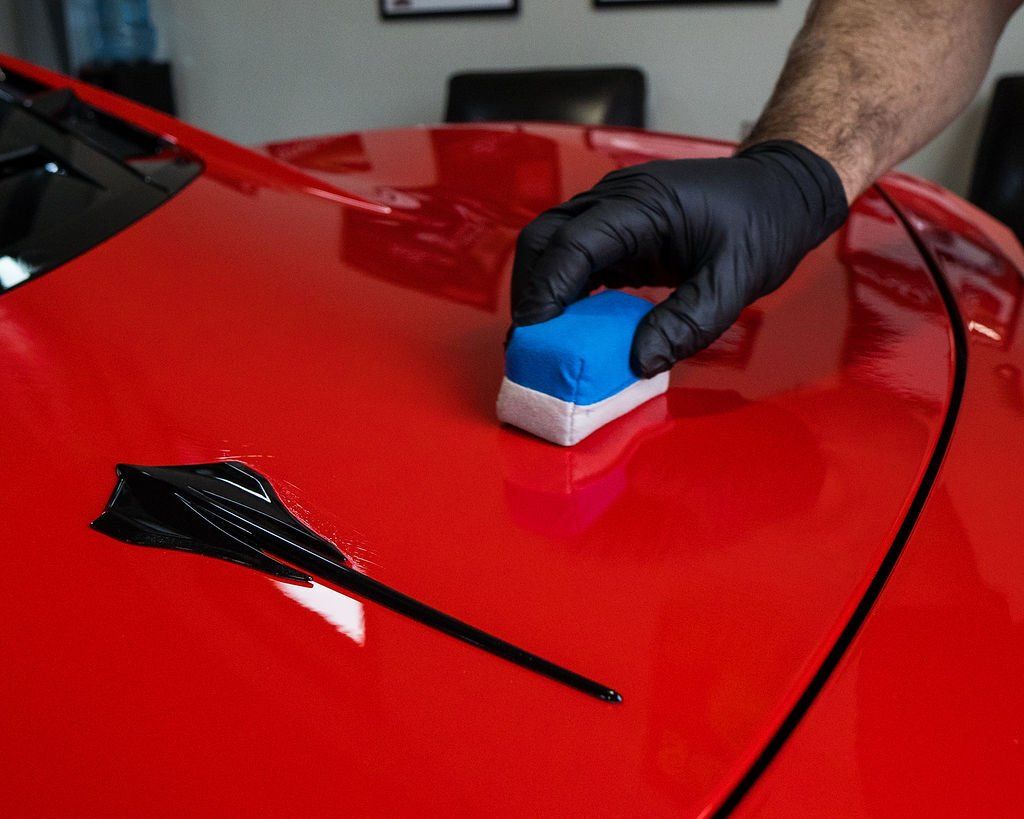
The Real Benefits of Ceramic Coating
Ceramic coating offers a range of benefits that go beyond just enhancing the overall appearance of a vehicle. One of its primary advantages is its exceptional durability and longevity compared to traditional wax or sealant products. While wax typically needs reapplication every few months, ceramic coatings can last for several years with proper maintenance. By investing in a ceramic coating, you can enjoy long-lasting protection for your vehicle's paintwork. This saves you time and money in the long run, as you won't have to frequently reapply wax or sealants to maintain the same level of protection.
Moreover, ceramic coatings provide superior resistance against environmental contaminants such as dirt, dust, and pollutants. The protective layer created by the coating makes it easier to clean the car, as these contaminants are less likely to bond strongly with the surface. With a ceramic coating on your vehicle, you'll spend less time and effort on cleaning and maintenance. The hydrophobic properties of ceramic coatings also mean that water and other liquids bead up and roll off easily, reducing the chances of water spots or mineral deposits forming on your car's surface.
Another significant benefit of ceramic coatings is their ability to protect against UV damage and oxidation. The coating acts as a barrier, shielding the paintwork from harmful ultraviolet rays that can cause fading and discoloration over time. If you live in an area with intense sun exposure or regularly park your car outdoors, a ceramic coating can help preserve your vehicle's color and prevent premature aging caused by UV rays.
The Truth about Ceramic Coating Longevity
When it comes to ceramic coatings, one of the most widely debated topics is their longevity. There are claims that these coatings can last for years or even a lifetime, while skeptics argue that they wear off quickly and require frequent reapplications. So, what is the truth about ceramic coating longevity? Let's dive in and separate fact from fiction.
First and foremost, it's essential to understand that no product lasts forever, including ceramic coatings. While ceramic coatings are designed to be highly durable and provide long-lasting protection for your vehicle's paintwork, they will eventually degrade over time due to exposure to UV rays, harsh chemicals, environmental contaminants, and normal wear and tear. However, this doesn't mean that ceramic coatings are ineffective or short-lived. When applied correctly and maintained properly, a high-quality ceramic coating can offer significant protection against environmental factors, oxidation, and UV damage for several years. In some cases, professional-grade ceramic coatings can offer up to 2–5 years of effective performance before requiring a recoating.
Of course, the longevity of a ceramic coating depends on various factors, such as the quality of the product used, application technique, surrounding conditions (like climate and frequency of washing), and how well it is maintained. Regular maintenance, like gentle washing techniques with pH-neutral soaps and periodic top-ups with a compatible maintenance product, can extend the lifespan of the coating. It's important to note that there is a significant difference in longevity between professionally applied ceramic coatings and do-it-yourself (DIY) consumer kits. Professionally installed ceramic coatings tend to offer superior durability and longevity compared to DIY alternatives. Some people might argue that DIY ceramic coatings can provide comparable longevity if properly applied and maintained. While this can be true in certain cases, it's crucial to consider the expertise and quality control that professional installers bring to the table. Professionals undergo training, have access to premium-grade products, and possess the experience needed for proper surface preparation and application techniques. This level of proficiency often translates into better results and longer-lasting coatings.
In conclusion, while ceramic coatings are not impervious to degradation over time, they do offer substantial protection for an extended period when applied correctly and maintained diligently. Investing in a high-quality ceramic coating from a reputable manufacturer, following proper application techniques, and performing regular maintenance will help maximize the longevity of your coating, ensuring your vehicle stays protected and looks its best.
Trusted Ceramic Coating Service in Tarpon Springs, FL
Experience the ultimate protection for your car's paint with Auto Film Guys' trusted ceramic coating service in Tarpon Springs, FL. Our expert technicians utilize premium ceramic coatings to shield your vehicle from dirt, UV rays, and environmental contaminants. Say goodbye to frequent waxing and hello to a long-lasting, glossy finish. Trust our proven track record of customer satisfaction and take advantage of our professional-grade ceramic coatings to keep your car looking pristine for years to come. Schedule your appointment today and elevate your car's protection to the next level with Auto Film Guys. Drive with confidence, knowing your car's paint is in the hands of the best.
The Auto Film Guys Blog
